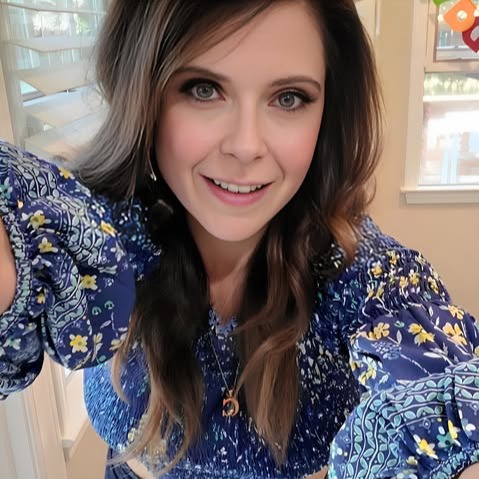Nobel prize for medicine goes to cancer researchers

NEW YORK: Immunologists James P. Allison and Tasuku Honjo have won this year’s Nobel Prize in Physiology or Medicine for their pioneering work in the relatively new field of cancer immunotherapy.
Allison, a professor at The University of Texas M. D. Anderson Cancer Center in Houston, discovered that a molecule called CTLA-4 (cytotoxic T-lymphocyte antigen 4) acts as a “brake” on the immune system; remove the brake and—in many cases—immune cells are unleashed to fight the cancer.
Allison spent 17 years convincing others that this approach could work, leading to approval in 2011 of the drug Yervoy, which showed near-miraculous results for a fraction of patients with a lethal form of skin cancer.
Meanwhile Honjo, of Kyoto University in Japan, was studying a different immune brake called PD-1 (programmed cell death 1), according to Thomas Perlmann, secretary general of the Nobel Committee, who spoke about the findings amid the prize announcement early Monday.
Allison’s success with CTLA-4 in cancer persuaded Honjo to consider his molecule in cancer as well—and he found PD-1 therapy was even safer and more effective against a number of cancers, including lung cancer, which kills about 150,000 Americans a year. Drugs based on his findings also work in combination with Yervoy against a number of types of cancer.
Cancer immunotherapy is extremely effective for a substantial minority of patients, potentially adding years to their lives and even curing some people. The Nobel Committee members said they are hopeful that combinations of these drugs and other therapies will allow more cancer patients to benefit with fewer side effects. The pharmaceutical industry is vigorously pursuing immunotherapy, and hundreds of trials are currently underway based on CTLA-4, PD-1 and other immune approaches.
Honjo, 76, is both a medical doctor and a chemist. After his education and a year of immunologic research in the U.S., he returned to Japan in 1974. Colleagues advised him to change to a more promising field. But, “I decided to tackle immunological research, thinking that if I failed, I could just move to the countryside and live a quiet life as a rural doctor,” he said in the 2016 speech. He joined the Graduate School of Medicine at Kyoto University in 1984.
Allison, 70, has been at M. D. Anderson since 2012, when he moved from Memorial Sloan Kettering Cancer Center in New York City. He did the research that led to his Nobel while at the University of California, Berkeley, during the early to mid-1990s.
He considered himself a basic researcher in immunology but “I had always been interested in cancer, in part because I had lost my mother and two uncles and later my brother to cancer, and had seen firsthand the ravages of radiation and chemotherapy,” he wrote in Cell in 2015 after winning the Lasker Award—an honor that often precedes the Nobel.
“So I did what I think any basic scientist should do: occasionally stop and think about the implications of your fundamental findings for application to human disease.” That led him to investigate how the immune cells he worked with affected tumors. He is still working, in collaboration with his wife Padmanee Sharma, to understand the immune system’s role in cancer and to improve immune therapies.
Allison says he grew up in a small town in Texas that was not very scientifically minded. He has told several media outlets the local high school biology teacher did not believe in evolution. When Allison raised a fuss about the teacher’s nonscientific approach, the precocious future scientist was given permission to take classes at The University of Texas instead. He also plays a mean blues harmonica, once performing with Willie Nelson, and is now in a band called The Checkpoints that mostly plays during cancer conferences.
The list of other possible awardees included a number of American researchers including Arlene Sharpe and Gordon Freeman at Harvard Medical School and Dana–Farber Cancer Institute; Jedd Wolchok at Memorial Sloan Kettering; and Carl June at the University of Pennsylvania, who pioneered another approach to immunotherapy. Perlmann said the Nobel Committee chose to highlight Allison and Honjo to reflect the basic science that created a new “pillar” of cancer therapy.
Author Profile
Monika Walker is a senior journalist specializing in regional and international politics, offering in-depth analysis on governance, diplomacy, and key global developments. With a degree in International Journalism, she is dedicated to amplifying underrepresented voices through factual reporting. She also covers world news across every genre, providing readers with balanced and timely insights that connect the Caribbean to global conversations.
Latest
- California: 93-year-old charged with murder after wife fatal...
-
Saint Lucian surfers mark historic debut at ISA World Junior... -
End of an Era: Newsday Newspaper shuts down after 32 years s... -
Young Trinidadian doctor Maryam Mohammed passes away in Indi... -
Dominica International Airport on track for phased completio...







